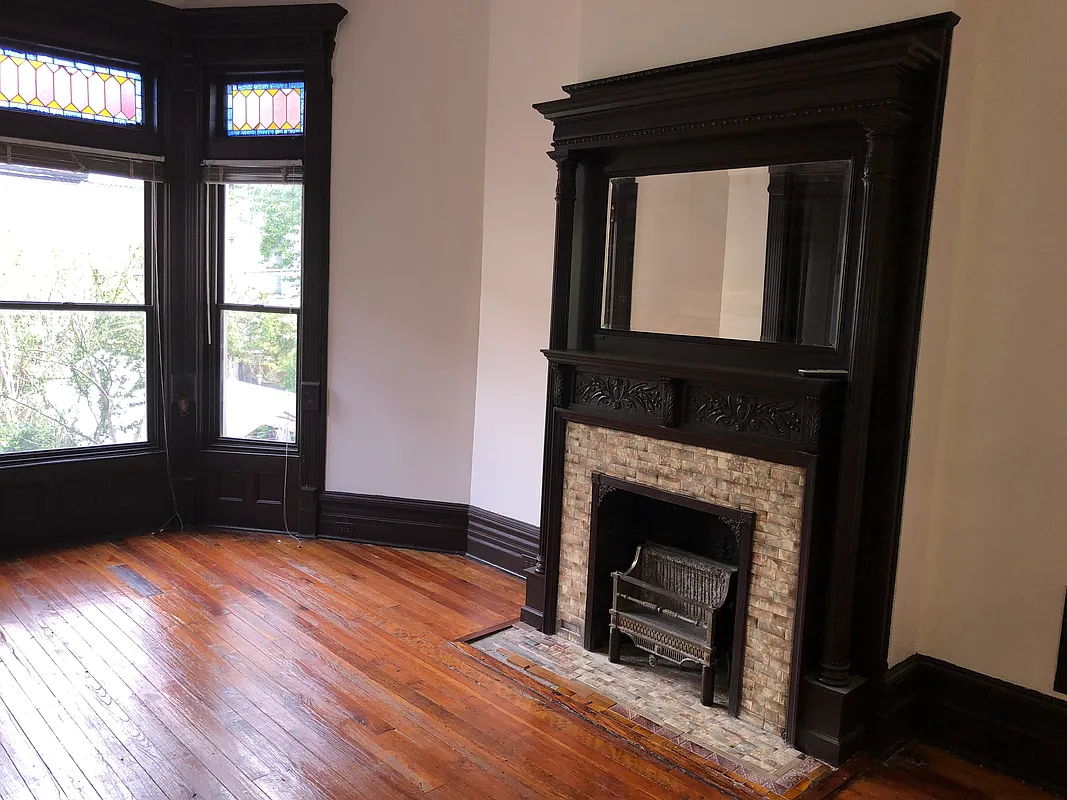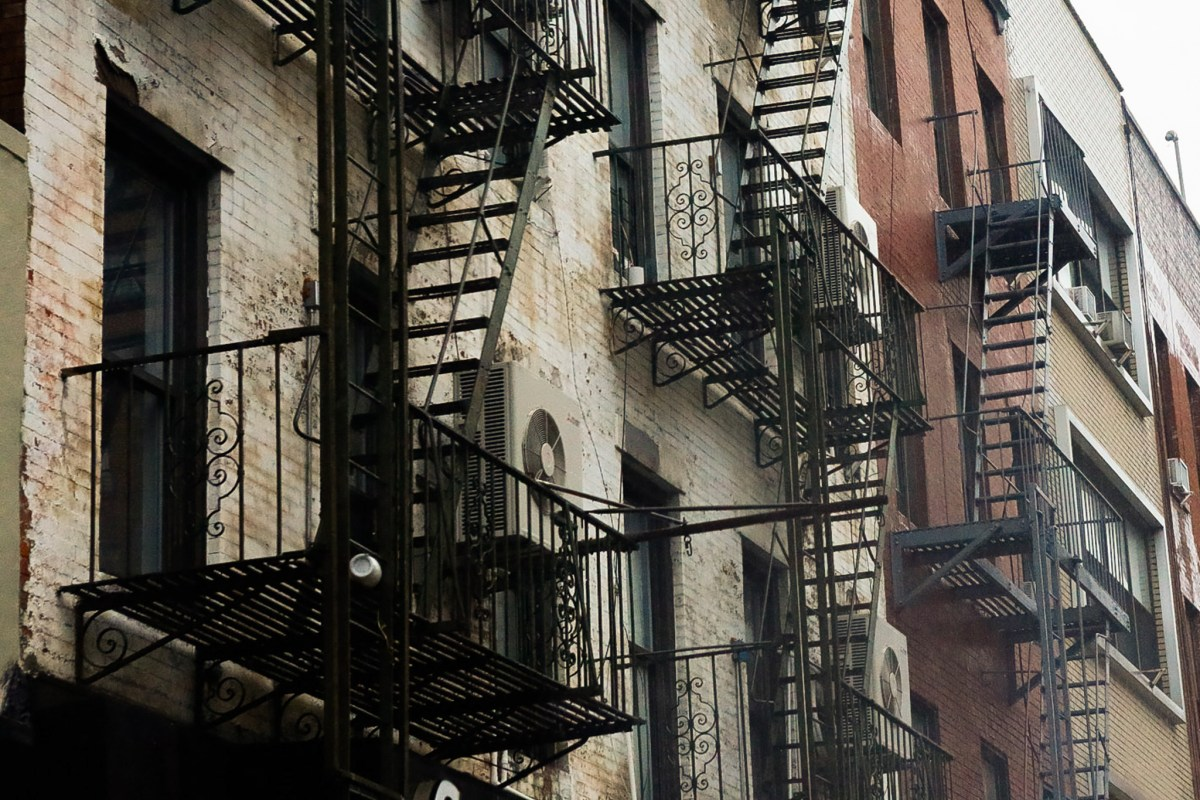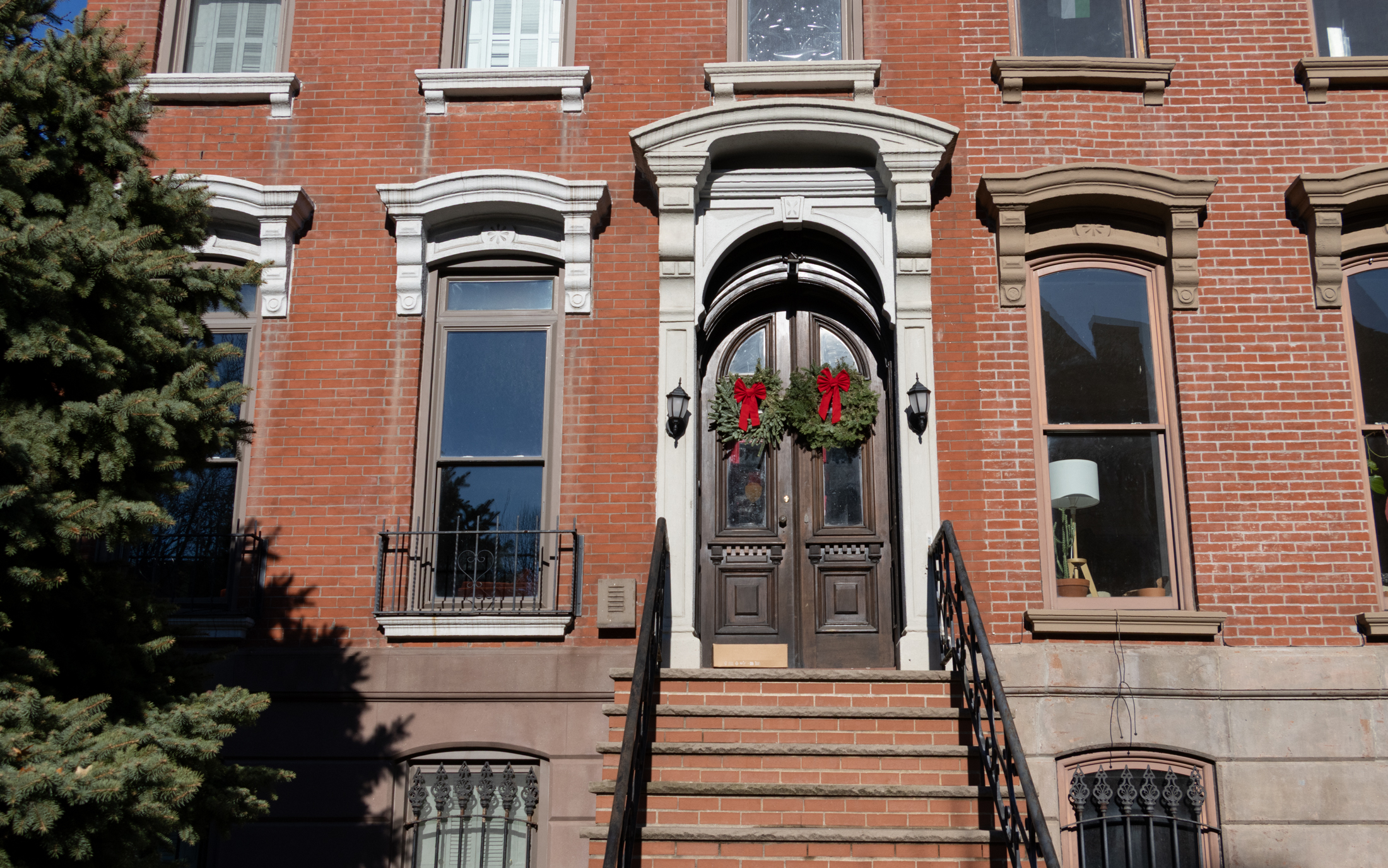Grim Perspective on Mortgage Crisis in Poor Nabes
Former FT scribe and Bed Stuy resident James Doran has a powerful piece on WNYC this morning about how the combination of lending abuse and outright fraud are combining to hit the borough’s poorer neighborhoods like Bed Stuy and East New York particularly hard. I wish I could say that the worst is over but…

 Former FT scribe and Bed Stuy resident James Doran has a powerful piece on WNYC this morning about how the combination of lending abuse and outright fraud are combining to hit the borough’s poorer neighborhoods like Bed Stuy and East New York particularly hard. I wish I could say that the worst is over but the projections for NYC are not good,”says Sarah Ludwig, director of Neighborhood Economic Development Advocacy Project (NEDAP). “What you see is that the foreclosure actions filed are overwhelmingly concentrated in New York’s neighborhoods of color.” Doran reports that the number of mortgage fraud cases on the FBI’s plate quadrupled over the past year. One victim is James LeSure, who’s on the verge of losing the building he’s owned on Bushwich Avenue since 1969. After paying off his mortgage completely, LeSure refinanced a few years ago when, with medical bills starting to pile up, he received a cold-call from a mortgage broker promising to solve all his problems with an expensive ARM that would, the broker said, be refinanced into a fixed-rate loan within a few months. That never happened, and now LeSure is in the process of having his one asset taken away from him. New York Neighborhood Housing Services (NHS) did one study of Bed Stuy that “almost every other house on the block had risky loans that were likely to default.” Update: The transcript and audio are now available on the link.
Former FT scribe and Bed Stuy resident James Doran has a powerful piece on WNYC this morning about how the combination of lending abuse and outright fraud are combining to hit the borough’s poorer neighborhoods like Bed Stuy and East New York particularly hard. I wish I could say that the worst is over but the projections for NYC are not good,”says Sarah Ludwig, director of Neighborhood Economic Development Advocacy Project (NEDAP). “What you see is that the foreclosure actions filed are overwhelmingly concentrated in New York’s neighborhoods of color.” Doran reports that the number of mortgage fraud cases on the FBI’s plate quadrupled over the past year. One victim is James LeSure, who’s on the verge of losing the building he’s owned on Bushwich Avenue since 1969. After paying off his mortgage completely, LeSure refinanced a few years ago when, with medical bills starting to pile up, he received a cold-call from a mortgage broker promising to solve all his problems with an expensive ARM that would, the broker said, be refinanced into a fixed-rate loan within a few months. That never happened, and now LeSure is in the process of having his one asset taken away from him. New York Neighborhood Housing Services (NHS) did one study of Bed Stuy that “almost every other house on the block had risky loans that were likely to default.” Update: The transcript and audio are now available on the link.
Housing Crisis Hits City Hard [WNYC]
NEDAP: Foreclosure Map [WNYC]





They weren’t being foreclosed on. So what’s your point?
I just moved to a Brooklyn neighborhood and paid a nice elderly black couple over $1 million dollars for their house they bought in 1973. Where’s that story my bleadign heart friends?
right, cuz no poor peoples needed funerals before the subprime mess.
Mr Joist, since the subject of the piece is minority foreclosures, race is a given. To think that race does not enter the question would be as unrealistic and unworthy as your warm milk and Tiny Tim remark. It just so happens that people do have to bury loved ones, especially when you are elderly, and those around you don’t have life or burial insurance. Ever price a decent funeral in New York City? I’m not talking about top of the line casket and the works either. It’s expensive. Period.
You are correct that it behooves us as taxpayers to find out what’s going on. I think you will find that Mr. Doran, Gringcorp and others are correct, and that the majority of these people, most especially senior citizens, were exploited, and exploited by masters of the art. You may choose not to believe that, and think whatever you want, but your opinion that people just went for the bling doesn’t make it so.
Most educated people don’t read their entire refi agreements. Most people don’t read the usage agreements on computer software either, nor do we read the small print on any number of everyday documents, including credit cards. Why should you expect more of the elderly and economically disadvantaged than anyone else?
Senior citizens bought homes in neighborhoods that the city forgot, and that banks and insurance companies and everyone else couldn’t be bothered with. They made their monthly payments and paid their taxes. Now that their neighborhoods are on the radar, and their homes are worth astronomical amounts, they are targeted by the slick and the unscrupulous, who sneaked in while the rest of us weren’t watching, and sold these people the moon. It will cost us far less in the long run to pass and enforce laws to put these criminals away, and for programs to rescue these homeowners to thrive, than to assume that the majority of them simply thought they had won Lotto and went hog wild, and let them fall by the wayside. It is the just and correct thing for a civilized society to do – protect the elderly from a mugger in a suit.
Every time an argument like this happens on Brownstoner (or Curbed), I am shocked by the callousness, ignorance, and not so subtle racism exhibited by many posters. I don’t know why these comments and sentiments shock me anew each time (by now, I should be accustomed to it, right?), but it does.
“Also, to the extent taxpayers are being asked to fund assistance (to big banks or to individual homeowners in trouble) of course it’s our right and duty to understand the circumstances and context of the situation.”
You’re joking, right? Not to go too far off topic, but please inform me of the last time taxpayers actually had an ‘active’ role in ‘being allowed’ to determine how tax dollars are spent?
You know as well as I do that your power in that department is limited to the point of being non-existent. They’ll let you vote on it – – sure. But seriously…
I knew this was destined to devolve into a race argument.
Montrose: I never mentioned “minority foreclosures” in any of my posts, just defaults and foreclosures. Your “… they bought a new Lexus and a flat screen – how typical of them, no?” comment is race-baiting so I will ignore it. And regarding your “used the proceeds to bury a loved one” comment … you forgot ‘…and used the proceeds to buy Tiny Tim a new crutch’ and ‘…used the proceeds to feed hungry puppies warm milk.’ Also, to the extent taxpayers are being asked to fund assistance (to big banks or to individual homeowners in trouble) of course it’s our right and duty to understand the circumstances and context of the situation.
Gringcorp, Montrose and James Doran seem to think the majority of those in default and foreclosure were taken advantage of and conned into taking loans they didn’t understand and then used the proceeds for dire life emergencies. (Mr. Doran, how do you know, per your last post, that the “MAJORITY of people in this predicament were taken advantage of to some degree”? That’s a lot of red-dots to interview.)
I think the majority of those in default and foreclosure (of all races, thank you very much Mr. Morris) took easy money, lived beyond their means and got into trouble. Some (in my view, well less than a majority) were victims of crimes and those responsible should be punished.
In the absence of additional data beyond the lis pendens dots, this argument is opinion-based and I’ve said my peace (although I must admit manically hitting refresh to re-post has been great fun).
There is also an important point that many who object to the argument in this piece are glossing over.
This is a generational problem. The areas with large concentrations of foreclosures were also poorly served by big reliable banks. The history of mainstream banks avoiding minority neighborhoods is well documented. Without a reliable bank in your area to turn to for solid financial advice it is easier for the loan sharks and subprime brokers to ply their trade. It’s a simple matter of marketing theory. If there is a gap in the market someone will fill it.
Not all of these brokers are fraudulent. Some are entirely straight and do a good business helping out their friends and neighbors through small informal client networks — they are good local entrepreneurs. But the lack of oversight and regulation for lending businesses, coupled with the ease with which one can apply for and be granted a massive amount of money for property investment in the subprime market, has created a fertile hunting ground for criminals. It is too easy for a “broker” to use a client’s name and address — or prospective address — to get a few hundred grand in proceeds without the need to prove income or employment. At the very best he will charge you an exorbitant fee, and at the very worst he will keep all of the money and skip town.
I have encountered dozens of examples of the same scam. One of the chief perpetrators of the scam is currently in Rikers, having been found guilty of ripping off more than 200 mortgage holders all over the city — and that’s just one man.
So, yes, some people are irresponsible with money (a point I also make in the piece) but the MAJORITY of people in this predicament were taken advantage of to some degree. Most of them were equity rich and cash poor, most of them were black or Latino, and most of them were elderly. Those three criteria together make a pretty vulnerable group and an obvious mark for any knowing con-man.
to answer the Staten island Question:
The heavily red dotted area of Staten Island shown on the map is also at least 50% black or latino, you can see it better on the map posted at WNYC which is reprodced slightly larger with little black diagonal lines clearly visible.
I am told there has been a rapid influx of Latino families into the North Shore of Staten Island.
James D